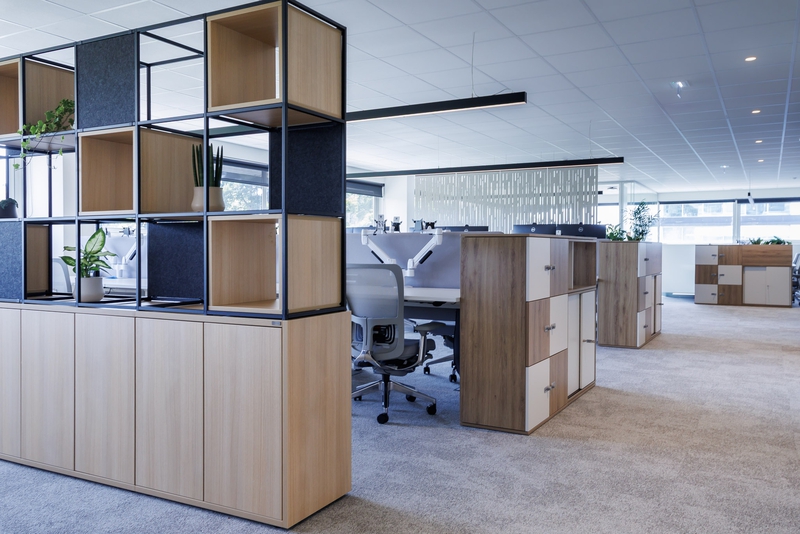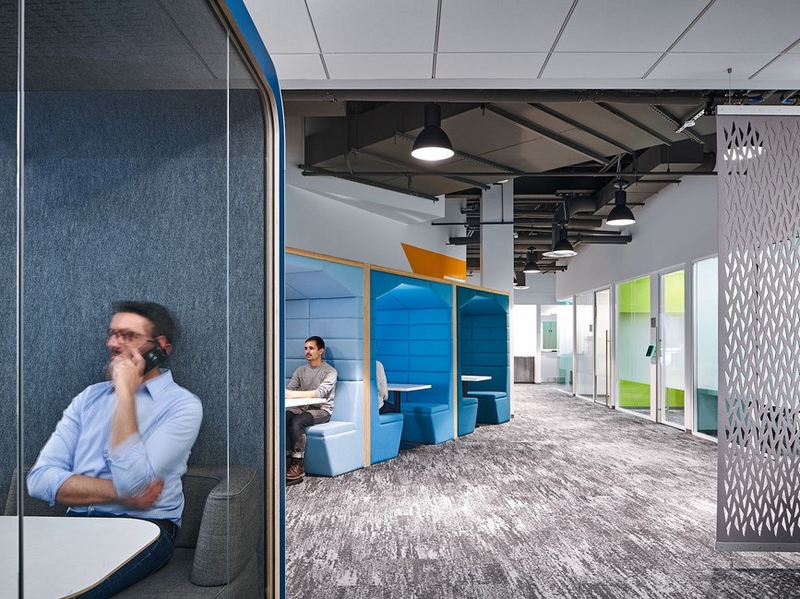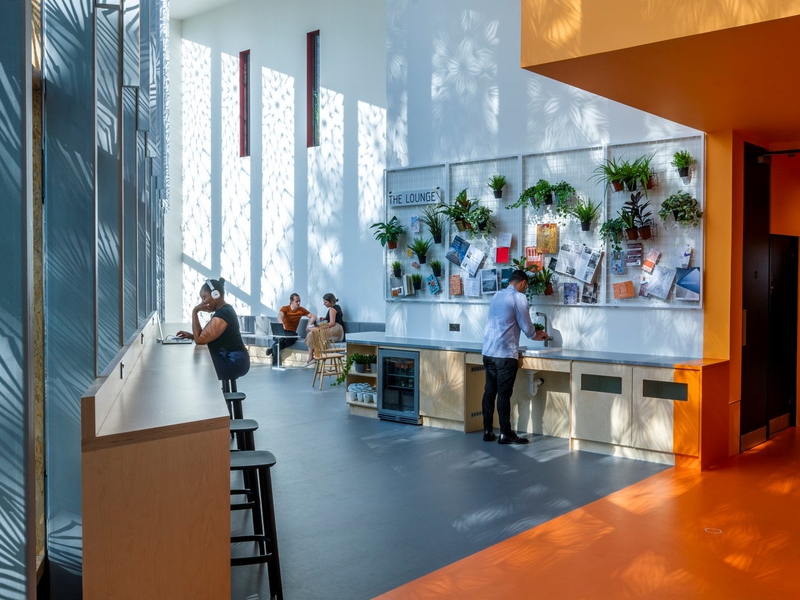July 30, 2020
Industry Trends
Isolation has taught us a lot. It’s not until you are physically separated from your colleagues and your daily working environment that you realise how much you value what may seem like ‘everyday’ things. Our subconscious appreciation for such things started to regain consciousness as we were physically separated from them. In the early stages of the work from home experience, our immediate reaction was that it was a great success, however as Lindsay Wilson, president of Corgan, described in a recent panel discussion with Spacestor, we were “lulled” into believing this. The truth is that although we have all been experiencing the same thing in principle, every one of us has been having a very different experience underneath. As part of the initial reaction to the pandemic situation we were thrown into, deceiving ourselves into viewing home working as a success may have been an attempt to overcome and deal with the shock.

We have all had to transition into an entirely digital world. Being stripped of human interaction, physical connectivity and culture, we have become wholly reliant on technology to replicate this human connection. Many would agree that this has emphasised the importance of culture and community in the workplace. Virtual collaboration has proven to be an imperfect substitute to the enriching experience of face-to-face interaction. We have had to become accustomed to a virtual version of one another which has had an effect on relationship building. Lack of physical presence removes the opportunities for casual collisions and the impromptu social interactions that take place as a result, and although these may seem a lower priority, they are the highly valuable moments that form a unique company culture, building stronger relationships on a personal level. In the first few weeks of working from home, we were seeing one another in a different light, as though a veil had been lifted and we were seeing into one another’s home lives. However the sense of missing one another and the desire to share the same physical space quickly overpowered this. There’s a certain lack of transparency about virtual connections; simply seeing someone’s face in a small square on your screen does not replicate the human nuances we would sense in a face-to-face interaction.

Virtually connecting with one another makes it more challenging to sense someone’s mood, how they’re feeling that day based on their body language or facial expressions through real eye contact. This means we become increasingly less aware of the pressures each of us could be facing through these times of uncertainty, and as we have less face-to-face contact, there’s a risk of insensitivity. Every individual is going through different experiences and every individual has different needs to be able to participate to the best of their ability (virtually). This is a point that all organisations are gradually coming to realise; as is often said, the “one size fits all” approach will not work. Leadership within each organisation needs to ensure that every person has these differing needs met so their virtual participation experience is fully optimised and each team can arrive at a state of digital equality in which everyone will have equal opportunities to participate. Fully understanding each individual’s needs will not only teach leaders how to maximise the productivity of team collaboration but will also help to define return to work programmes.

As we continue to work towards a future state of work, which, as we’ve realised by now, will never be the same as the conditions we were used to pre-COVID, we need to be constantly striving for digital equality and virtual inclusion. In a hybrid reality, there will be a greater range of personal work experiences with people at home and at work. As we settle for this state of a blend of environments, careful change management and communication will be essential for ensuring equality and inclusivity in team collaboration. Being virtually present in a team meeting should not restrict or narrow the opportunities for participation and it should be a key priority for all organisations to ensure every employee’s voice can be heard virtually, as well as it can be physically.
Share this article
























